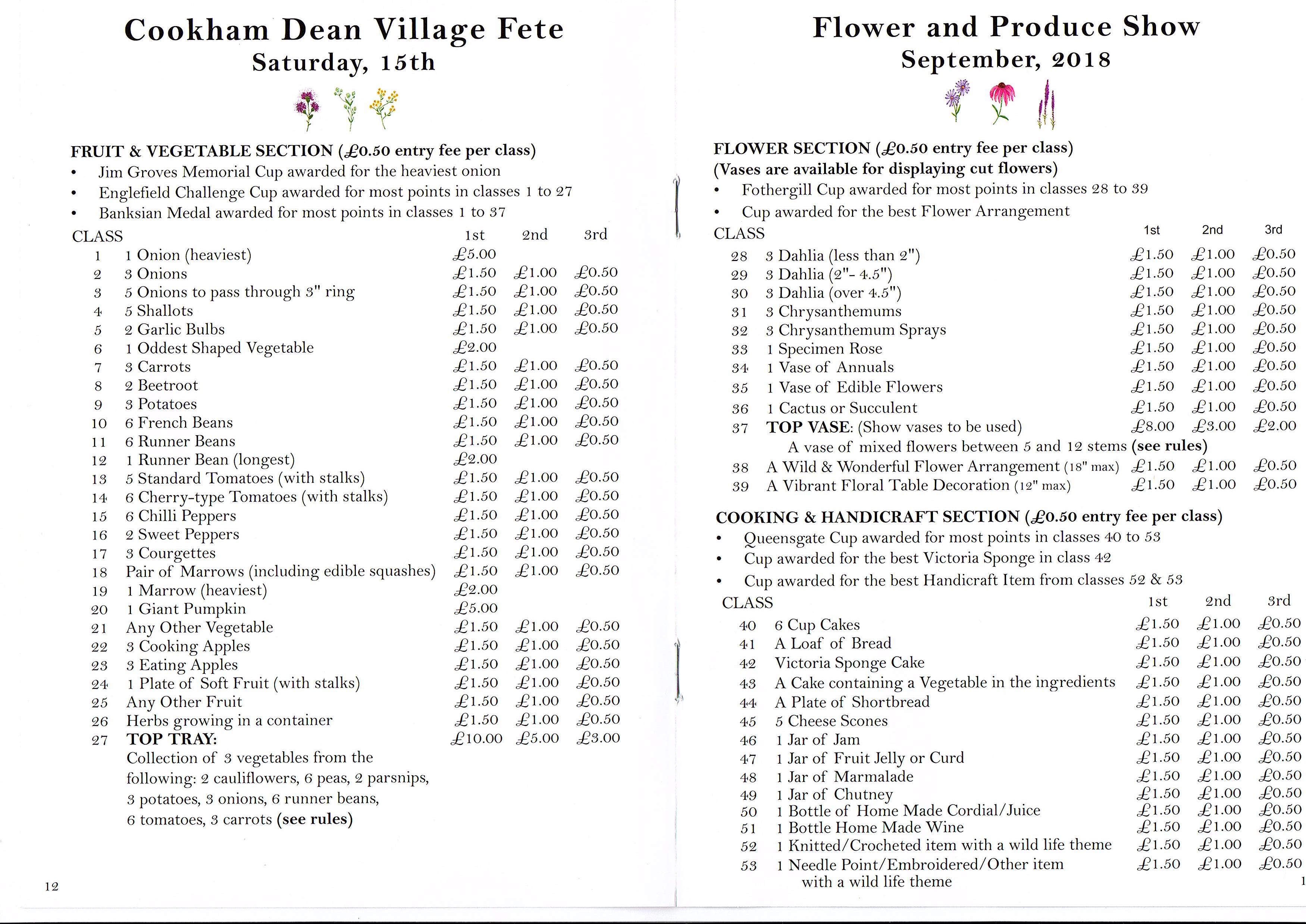After the Cookham village show in September, a number of people told us that they were inspired to have a go next year. To build on that enthusiasm, for the next few months we are going to focus our tips on growing for next year’s show. We’ll be aiming at people new to show growing and concentrating on the schedule for our local show, but there may still be the odd pearl for more experienced growers in other places.
The first thing to say is that growing for show is not just about size. In the Cookham show there are only three classes that are about the biggest you can grow. These are the heaviest onion, heaviest marrow and giant pumpkin. The other classes, the great majority, are looking for quality entries. In show terms quality means free from pest damage, blemishes and disease, and fresh and firm. In other words, everything that you would wish for in produce that you are going to eat or store.
In classes where you enter multiple examples (for example 3 carrots) uniformity is also important, so a well matched set of smaller vegetables is going to do better than larger ones that differ widely. You’ll be very lucky if the first three carrots you pull match each other, so at show time, you will end up with spare produce that you’ve harvested. Fortunately many good show vegetables are also good eaters, for example Carrot ‘Sweet Candle’, Beetroot ‘Pablo’ and Cherry Tomato ‘Strillo’. Many seed companies highlight cultivars that perform well in shows, for example the little rosette logo used by D. T. Brown
It is important to consider the show schedule. Our general advice is grow what you like to eat as a first priority, but as the lead time between seed sowing and exhibiting is generally counted in months not weeks, if you are going to have a bash at show growing it is worth making sure that you are growing stuff that will fit into one of the classes. Here is the 2018 schedule for the Cookham show.
So our tip for November is to have a look at seed catalogues and start selecting your contenders.

